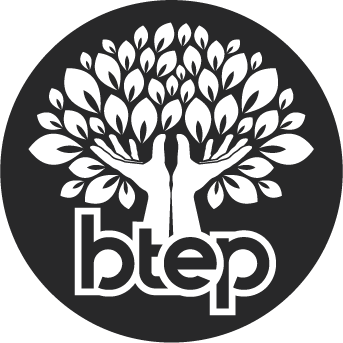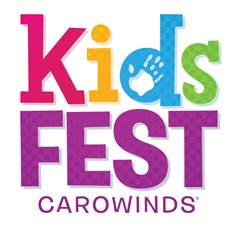The graduation rate in Charlotte-Mecklenburg Schools rose to 88 percent in 2015, exceeding the state average of 85.4 percent, according to data released today by the North Carolina Department of Public Instruction (NCDPI). The graduation rate increased nearly three percentage points from 2014 and more than 18 percentage points since 2010.
The graduation rate also increased for all subgroups. For white students, the rate rose to 93.7 from 93.0 a year earlier. Asian students’ rate increased to 92.2 from 87.3. For black students, the graduation rate increased to 86.5 from 82.6, and for Hispanic students, the rate increased to 79.4 from 74.3. Graduation rates also rose year-over-year and over the six-year period for students with disabilities, students with limited English proficiency and economically disadvantaged students.
“We are pleased to see our graduation rates continue to exceed the state average and improve for all subgroups of students,” said Superintendent Ann Clark. “The increase to 88 percent means 288 more students graduated last year than would have if the graduation rate had remained at 85.1.”
CMS has made targeted and systemic efforts to help more students achieve a diploma. These efforts include: the Graduation Success Initiative, which helps CMS identify who is at risk of failure to graduate; enhanced credit-recovery options; a focus on school attendance; and enhanced accountability at the school and district levels.
“Our work is not done,” Clark added. “In collaboration with our amazing community partners, we will continue to be intentional about every student and push toward our goal of having all students graduate.”
The state also released results for End-of-Grade (EOG) and End-of-Course (EOC) testing. Overall, the percentage of CMS students testing at college- and career-ready levels increased in all tested areas except English II, which decreased 2.4 percentage points versus the prior year. The percentage of CMS students testing at college- and career-ready levels also declined for third and seventh grade reading and third grade math when compared to the prior year. CMS exceeded state results overall and in every EOG and EOC tested areas.
NCDPI also reported that 130 of 158 CMS schools (82.3%) met or exceeded growth targets for 2014-2015. This exceeded the state average of 74.9 percent.
“We are making progress in some areas but our progress is incremental and prior literacy efforts have not yielded the results we want,” said Clark. “We are committed to improving literacy outcomes for all students and we are pursuing a comprehensive literacy strategy with the same intentionality we used to increase our graduation rates.”
The district’s literacy strategy includes: building the instructional capacity of all teachers; improving school literacy initiatives through Instructional Leadership Teams (ILTs) and Professional Learning Communities; enhancing data useto assess real time student learning needs and inform instruction; and launching the North Star Reading Partners Program which pairs CMS employees with third and seventh grade students who are not reading on grade level and seniors at risk of not graduating on time.
Beginning in the 2013-2014 school year, NCDPI assigned School Performance Grades to each school. The grades are based 80 percent on proficiency (the percentage of students in the school at or above grade level in a specific subject) and 20 percent on growth (the rate at which students in the school learned over the past year). Sixty nine CMS schools (43%) received an A or B grade, 44 schools (28%) received a grade of C, 37 schools (23%) received a D grade and 10 schools (6%) received an F.





















